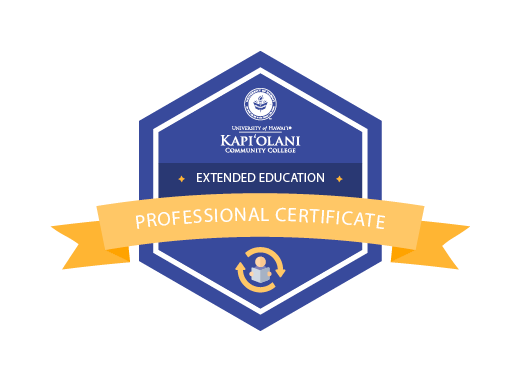Higher education in the United States is undergoing a profound transformation. With technological advancements, changing student demographics, and shifting workforce demands, institutions must adapt to stay relevant. This guide explores key trends shaping the future of higher education in the USA, challenges institutions face, and the innovations paving the way for a new era of learning.
Current Trends in U.S. Higher Education
1. The Rise of Online and Hybrid Learning

- The pandemic accelerated the adoption of online education, making hybrid learning models the new norm.
- Institutions are integrating AI-powered tools, virtual reality, and interactive learning platforms to enhance student engagement.
- Online degree programs are increasing accessibility for working professionals and international students.
🔗U.S. Department of Education Online Learning Resources
2. Increased Focus on Skill-Based Learning

- Traditional degrees are facing competition from micro-credentials and bootcamps.
- Employers are prioritizing skills over degrees, leading universities to offer certifications in high-demand fields like data science, AI, and cybersecurity.
- Partnerships between universities and tech companies are on the rise to provide hands-on training.
🔗 Coursera University Partnerships
3. Diversity, Equity, and Inclusion Initiatives
- Universities are implementing policies to increase diversity in student admissions and faculty hiring.
- Scholarships and grants are being expanded to support underrepresented communities.
- More institutions are offering culturally inclusive curricula.
🔗 U.S. Diversity and Inclusion in Higher Education Report
4. Affordability and Student Debt Solutions
- Rising tuition costs have led to increased demand for affordable education options.
- Some universities are implementing tuition-free programs or income-based repayment plans.
- Federal and state governments are proposing policies to reduce student loan burdens.
🔗FAFSA Federal Student Aid Website
5. Technology and AI in Education
- AI-driven chatbots and virtual assistants are streamlining administrative processes.
- Adaptive learning platforms use AI to personalize study materials for students.
- Blockchain technology is being used to issue secure digital diplomas and transcripts.
🔗 MIT’s Research on AI in Education
Challenges Facing U.S. Higher Education
1. Declining Enrollment Rates
- Demographic shifts and changing attitudes toward traditional degrees are leading to lower college enrollments.
- Alternative education pathways, such as vocational training and apprenticeships, are becoming more attractive.
2. Funding and Financial Sustainability
- Many institutions are facing budget cuts and financial struggles.
- Public universities rely on state funding, which is often inconsistent.
- Endowments and philanthropic contributions are becoming crucial for financial stability.
3. Adapting to Workforce Needs
- Universities must bridge the gap between academic curricula and industry needs.
- Employers are demanding graduates with practical experience and interdisciplinary skills.
Innovations Shaping the Future of Higher Education
1. Competency-Based Education (CBE)
- Allows students to progress at their own pace based on mastery of skills rather than time spent in class.
- Recognized by employers for producing job-ready graduates.
2. AI-Driven Personalized Learning
- AI algorithms tailor coursework to individual learning styles and pace.
- Real-time analytics help educators identify struggling students and provide targeted support.
3. Virtual and Augmented Reality (VR/AR) in Learning
- Enhancing hands-on learning experiences, particularly in STEM and medical fields.
- Virtual labs and simulations allow students to practice skills without physical constraints.
4. Global Collaboration and Exchange Programs
- Universities are partnering with international institutions for joint degrees and study-abroad opportunities.
- Technology enables cross-border virtual classrooms.
Conclusion
The future of higher education in the USA is evolving rapidly, driven by technology, economic factors, and changing societal needs. Institutions that embrace innovation, prioritize student success, and adapt to industry demands will thrive in this dynamic landscape. As students, educators, and policymakers work together to shape the next era of education, one thing is certain—the future of learning is more accessible, personalized, and globally connected than ever before.



